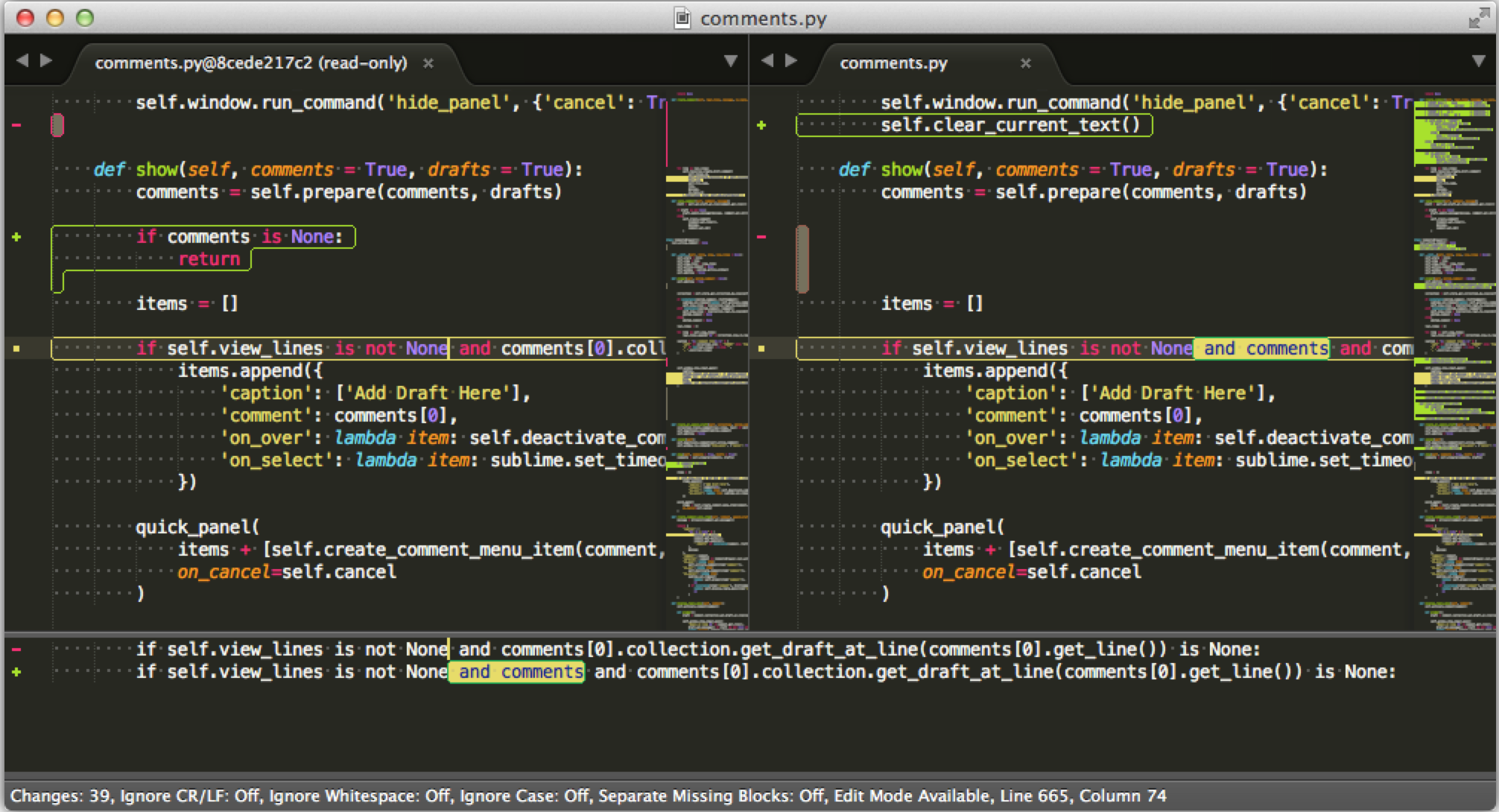

/c = A caption for the application title bar of the first window./title3 = Sets the File Panel Label for the third file/column./title2 = Sets the File Panel Label for the second file/column./title1 = Sets the File Panel Label for the first file/column./m = Runs Auto-Merge immediately after loading the files.%7 = Modified file label (The label for the %2 file).%6 = Original file label (The label for the %1 file).%2 = Modified file (in diff, the post-changes file).%1 = Original file, the pre-changes file.The compare argument parameters and their meaning: Visual Studio and DiffMerge Compare SettingsĬommand: C:\Program Files\SourceGear\Common\DiffMerge\sgdm.exeĪrguments: /title1=%6 /title2=%7 %1 %2 Merge SettingsĪrguments: /m /title1=%6 /title2=%7 /title3=%8 /c=%9 %1 %3 %2 /r=%4 Compare Argument Parameters Then select Visual Studio Team Foundation Server -> Configure User Tools. Make sure Current source control plug-in: has Visual Studio Team Foundation Server selected. Configuring DiffMerge With TFS in Visual Studioįrom the Visual Studio toolbar select: Tools -> Options -> Source Control These are the settings I use and an explanation on the flags and arguments.
SET GIT MERGETOOL DIFFMERGE HOW TO
I know it works, I know how to use it, I'm familiar with the layout, and I can quickly navigate and scan the document. It has to be a quick and efficient process. Looking at differences in files is something every developer does often, whether it is local code changes or a code review for another member of the team. Because I've used it for so long I'm quite reluctant to change. Back then there was no built-in diff viewer in Visual Studio so you had to use a third-party tool. I've been using DiffMerge since VS2010, so pretty much forever as far as I am concerned. This post isn't to advocate DiffMerge over another file comparer, but an explanation on how to set up DiffMerge with either TFS in Visual Studio or Git.


 0 kommentar(er)
0 kommentar(er)
